6 Winter Houseplant Care Mistakes — Are You Guilty of Giving Yours Too Little Love? Or Even Too Much?
It's not too late to save your houseplants from dying at the hands of these common winter houseplant faux pas
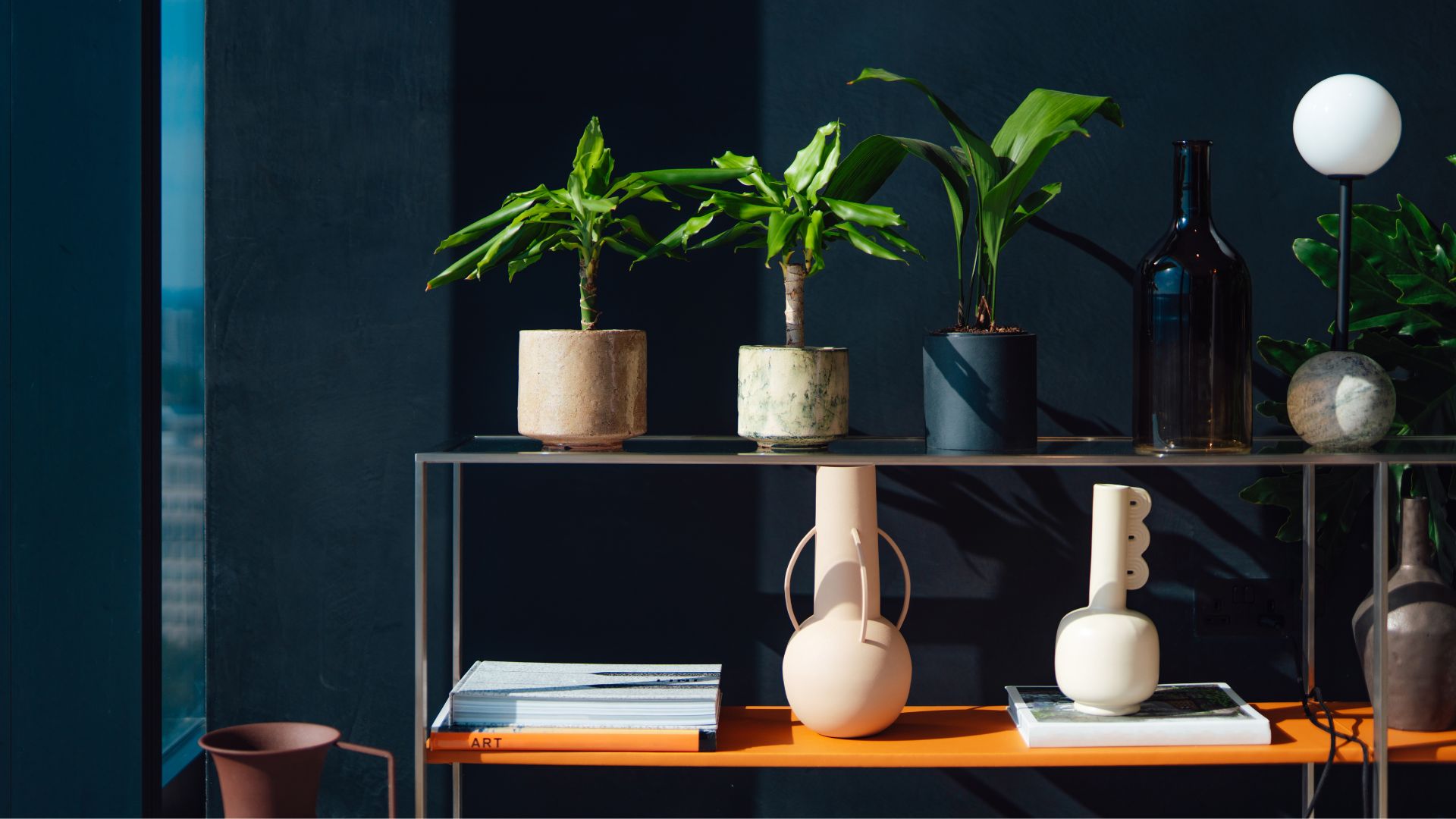

Believe it or not, the narrative of wintry months being inconducive for houseplants could not be further from the truth. Now that we've officially busted that myth, we can move on to revealing the true reasons your collection of indoor crops experiences an annual decline around this time of year.
Winter houseplants are actually known to be hardy enough to handle the temperature drop that occurs inside a home during this season. So, while it's not the season at fault, it might just be that your care routine is doing too much or too little to help your crops thrive.
In order to help you properly identify the cause of your houseplant's deterioration and rectify the issue for flourishing indoor foliage, we have enlisted the help of an expert to list out some of the most popular slip-ups plant parents tend to make. And if you find yourself guilty of one (or more), now's the best time to solve them before it's truly too late.
1. Gluttonous Overwatering

In conversation with gardening expert Tony O'Neill, he tells us that many houseplants enter a dormant phase in winter and require less water.
"Overwatering during this period can lead to root rot," he explains. "So it's important to check the soil moisture before watering."
He tells us that a good rule of thumb is to touch the soil surface and make sure it's dry at least a few inches down. Luckily, fixing overwatered houseplants is fairly straightforward.
Additionally, you can always use a moisture meter like this GROWIT Plant Moisture Meter from Amazon for an accurate read on your houseplant's hydration levels.

I'm Tony O'Neill, a gardening expert and best-selling author. I am an educator with a thriving YouTube channel that has 438,000 subscribers and receives over 1.4 million monthly views. Through my award-winning website, simplifygardening.com, I share my passion for gardening and sustainability. I've authored books including "Simplify Vegetable Gardening," "Composting Masterclass," and "Your First Vegetable Garden," empowering individuals to cultivate their own green spaces.
2. Inadequate Lighting
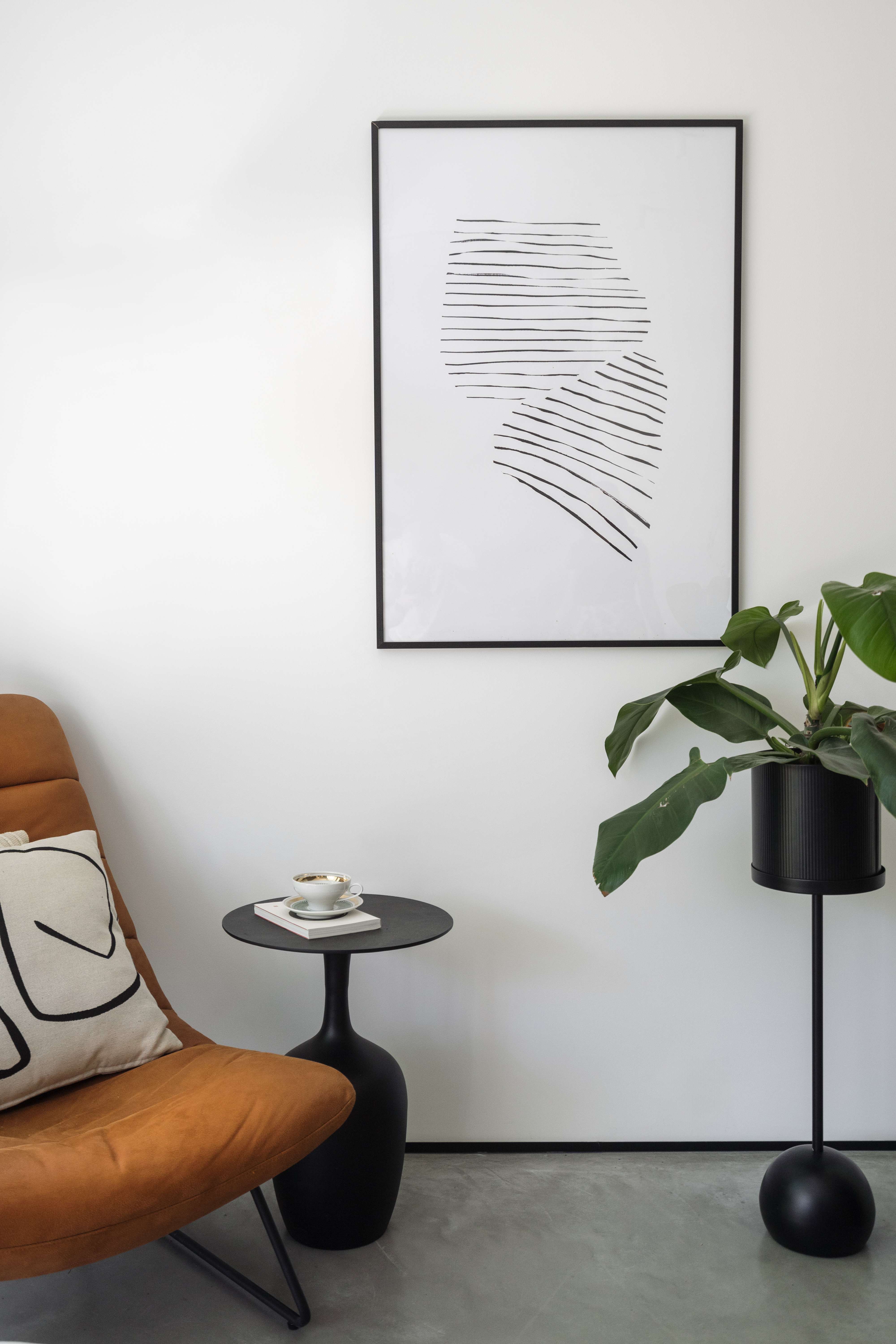
With shorter days in winter, Tony points out that it's only natural for plants to be less exposed to sunlight. However, this can be an unfortunate albeit unavoidable consequence for your sun-loving houseplants.
"Avoid placing plants in dim corners or heavily shaded areas," he cautions. "And consider using indoor grow lights to supplement sunlight if natural light is insufficient."
This FSLiving Timer Hanging Grow Light from Walmart is a great option if your home is short on windows and your plants require a dose of light during these dark times.
3. Ignoring Humidity Needs

Typically, winter is when the windows shut and the space heaters come out. And while this is essential to creating a cozy environment for you, it's not necessarily the best for your indoor jungle.
"Indoor heating can drastically reduce home humidity levels," says Tony. "Tropical plants suffering from dry air may benefit from a humidity tray or regular misting to keep their leaves from drying out."
We spotted this Starburst Cut Glass Mister from Terrain and not only is it beautiful in form, but it's a great misting tool to keep your plants refreshed at any given moment.

4. Neglecting Temperature Checks
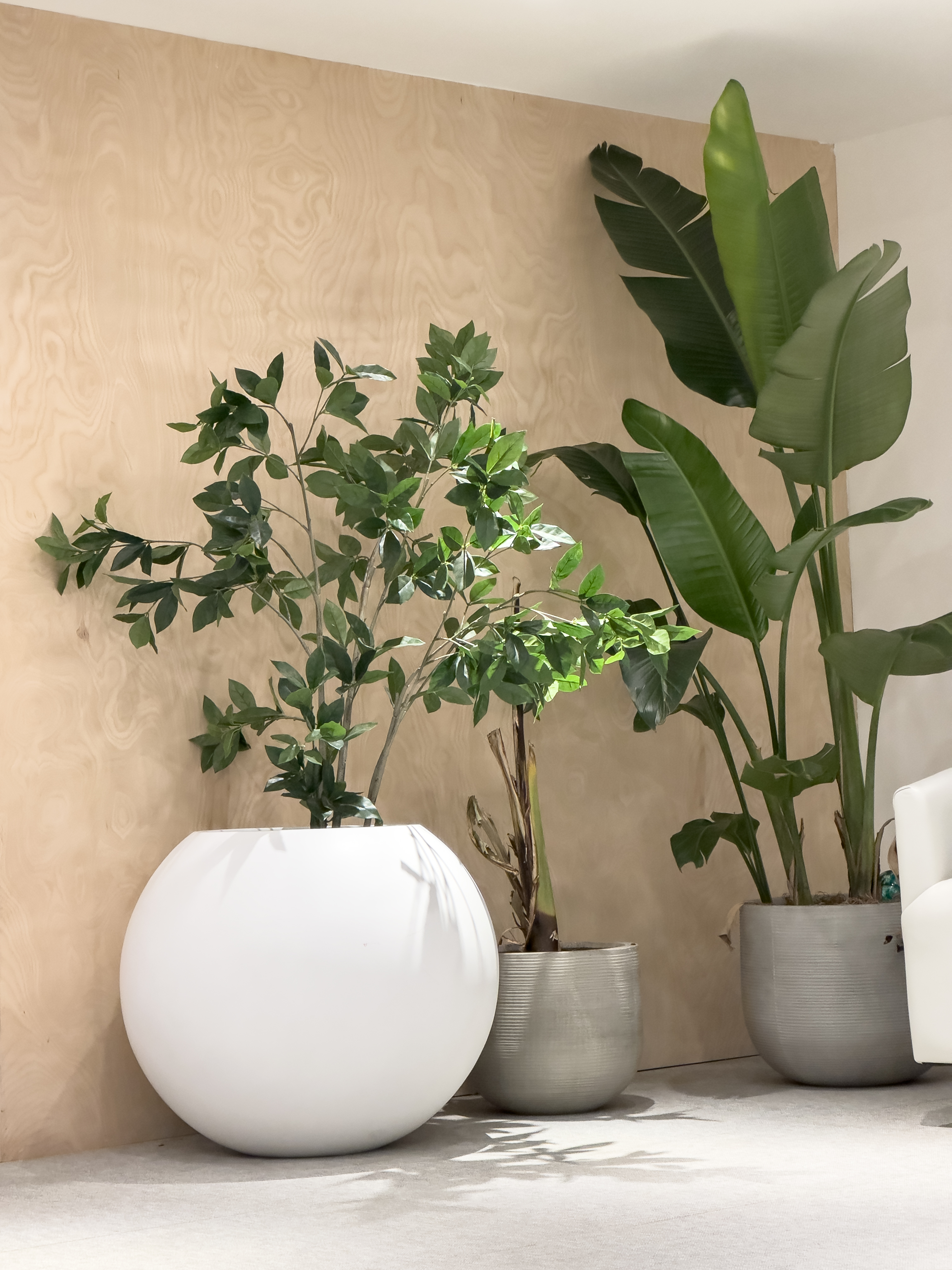
Draft-proofing your windows is a great idea to keep your home pleasantly comfortable. However, it turns out that it could be just as helpful to your houseplants — especially if your plant corner is in a windowed space.
Tony tells us that it's important to keep plants away from cold drafts and heat sources like radiators. He finds that leaving them near frigid and hot spots can significantly stunt a plant's growth.
"Both extremes can cause temperature stress and damage plants," he explains. "I find that a stable environment away from sudden temperature changes is ideal."
5. Skipping Pest Infections

Although the onset of winter provides a break from most gardening chores, Tony points out that the cold weather doesn't discourage pests from trespassing.
"I recommend taking time out to regularly check for signs of infestations, such as whiteflies or spider mites," he advises. "This is particularly paramount if your plants are clustered together."
If one of your plant examinations ends in results indicating the prevalence of pests, you can always reach for neem oil to rid your houseplants of bugs. This Big Leaf Energy Wellness Spray from Amazon harnesses the power of neem oil to keep your crops pest-free.
6. Feeding Frenzy
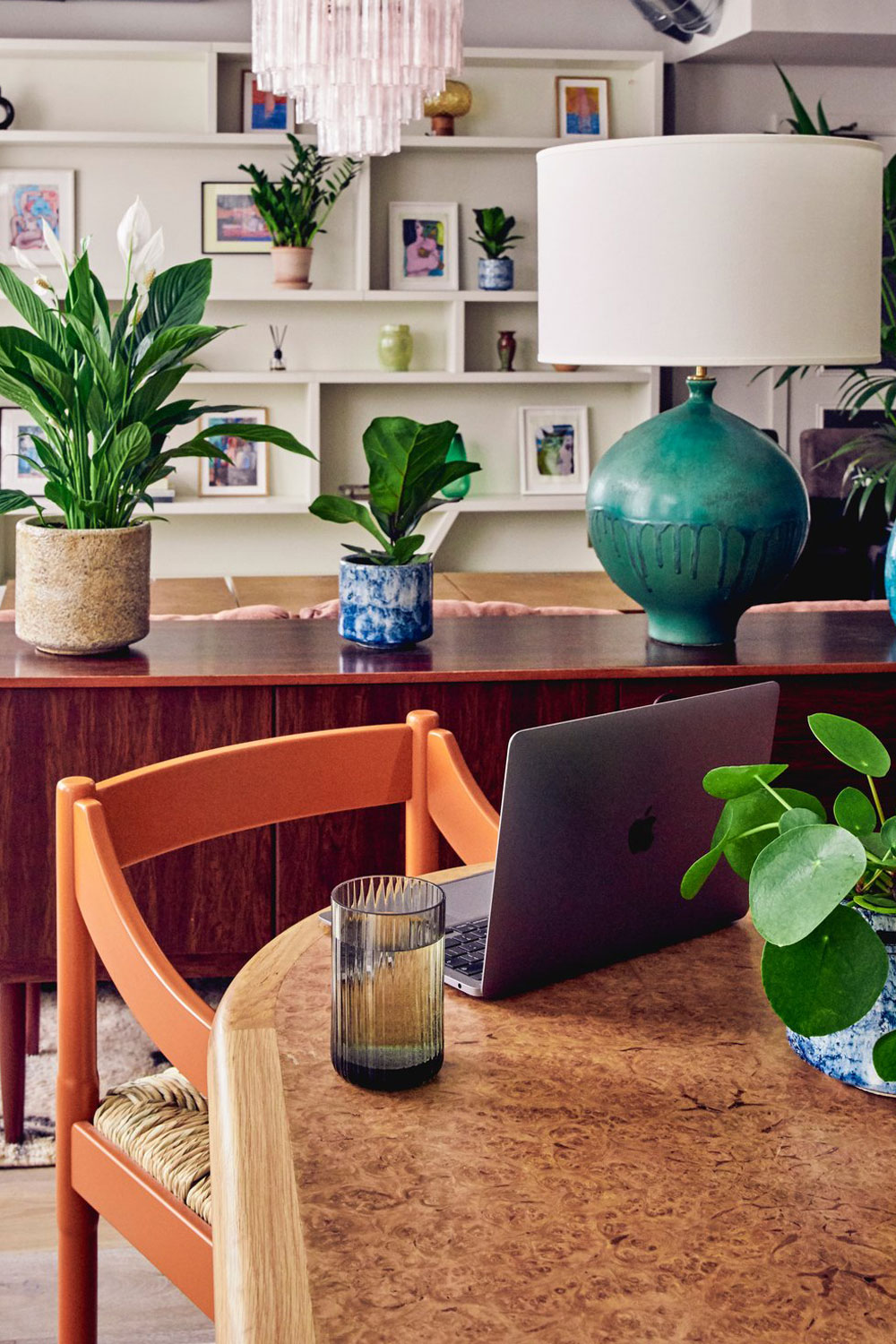
For some reason, the wintry weather influences beginner plant parents to overfeed their houseplants. And while it may seem clever in theory, Tony tells us that this is one of the most common houseplant mistakes that should be avoided at all costs.
"It's imperative that you avoid fertilizing dormant houseplants," he advises. "That's because it can lead to unnecessary stress and growth that the plant cannot sustain during the winter."
If you have an over-fertilized houseplant on hand, do a quick check to identify the crop's dormant season and if it falls during the winter months, put the fertilizer down and let your plant grow in peace.
From overwatering your houseplants to overfeeding them, these houseplant care errors are easy mistakes to steer clear of. And while different crops have varied needs, these basic tips apply to a majority of popular houseplants.
If you're confused about the specifics that apply to your individual plant's routines, then you can always reach for our specialized care guides for some expert advice. That way you can keep your peace lily from browning and your Christmas cacti from turning yellow with the ease of a pro.
Be The First To Know
The Livingetc newsletters are your inside source for what’s shaping interiors now - and what’s next. Discover trend forecasts, smart style ideas, and curated shopping inspiration that brings design to life. Subscribe today and stay ahead of the curve.

Amiya is a Home Wellness Writer at Livingetc. She recently graduated with a Masters Degree in Magazine Journalism from City, University of London, and has lent her words to beauty, fashion, and health sections of lifestyle publications including Harper’s Bazaar and Women’s Health. Her experience as a research analyst has equipped her with an eye for emerging trends. When she’s off the clock, she can be found reading, listening to music, or overanalyzing her latest Co-Star update.
-
 The Weighted Blanket That Doesn’t Make You Sweat (and the Eye Mask to Match)
The Weighted Blanket That Doesn’t Make You Sweat (and the Eye Mask to Match)Luxury has weight. And apparently, volcanic minerals
By Julia Demer
-
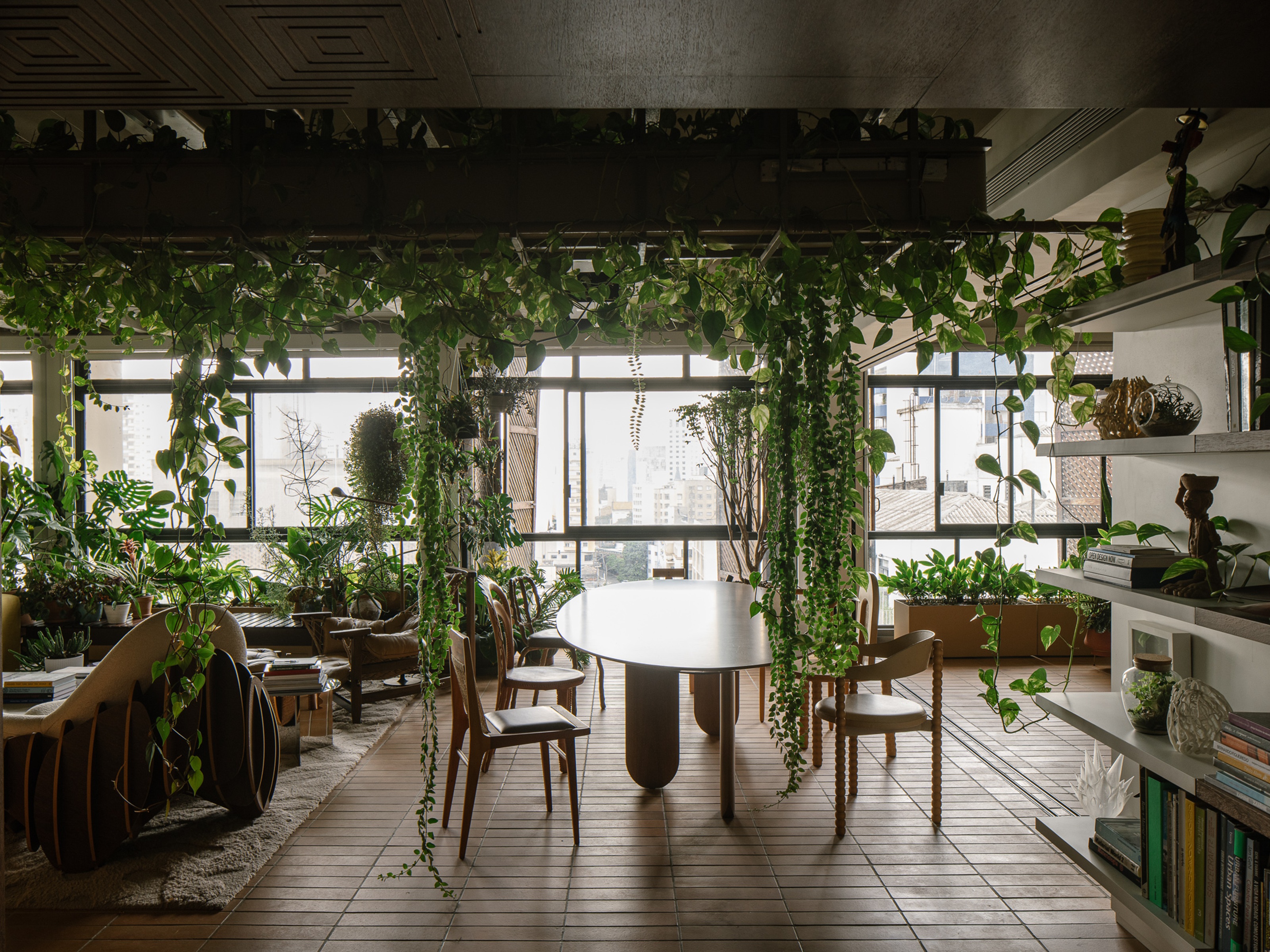 What Is Biophilic Interior Design? I'm an Actual Biophilic Designer, and This Is How to Apply It to Your Home
What Is Biophilic Interior Design? I'm an Actual Biophilic Designer, and This Is How to Apply It to Your HomeA biophilic designer explains the core principles of this practice, and the easy ways you can apply it to your home's design
By Marianna Popejoy
-
 These Are the Dos and Don'ts of Bamboo Plant Placement — Follow This to Avoid Bad Feng Shui
These Are the Dos and Don'ts of Bamboo Plant Placement — Follow This to Avoid Bad Feng ShuiBy following the experts' guidance on where to place this houseplant you can usher luck, wealth, and prosperity into your home
By Lilith Hudson
-
 Is It Okay to Have a Mirror Facing a Door in Feng Shui? The Verdict Is In and It Just Might Surprise You
Is It Okay to Have a Mirror Facing a Door in Feng Shui? The Verdict Is In and It Just Might Surprise YouDecorating your home with mirrors calls for intention if you're dressing your space in accordance with Feng Shui. Here's what you should know.
By Amiya Baratan
-
 4 Things to Unpack as Soon as You Move House — For a Comfortable and Organized Fresh Start
4 Things to Unpack as Soon as You Move House — For a Comfortable and Organized Fresh StartIf you have a major move in the works and you're looking to prepare in advance, this is the starter kit you need to properly set up your new home.
By Amiya Baratan
-
 10 Decluttering Challenges to Have on Your Radar This Year — For a Tidier, More Mindful Home
10 Decluttering Challenges to Have on Your Radar This Year — For a Tidier, More Mindful HomeIf you're interested in transforming your home for the better, here are 10 decluttering challenges I recommend for a professionally tidy space.
By Amiya Baratan
-
 Biophilic Decluttering — What to Take Out of Your Home (and What to Put in) for a More Natural Home
Biophilic Decluttering — What to Take Out of Your Home (and What to Put in) for a More Natural HomeTry your hand at biophilic decluttering to ground your interiors, connect to the environment, and cure chronic clutter in one go. Here's how.
By Amiya Baratan
-
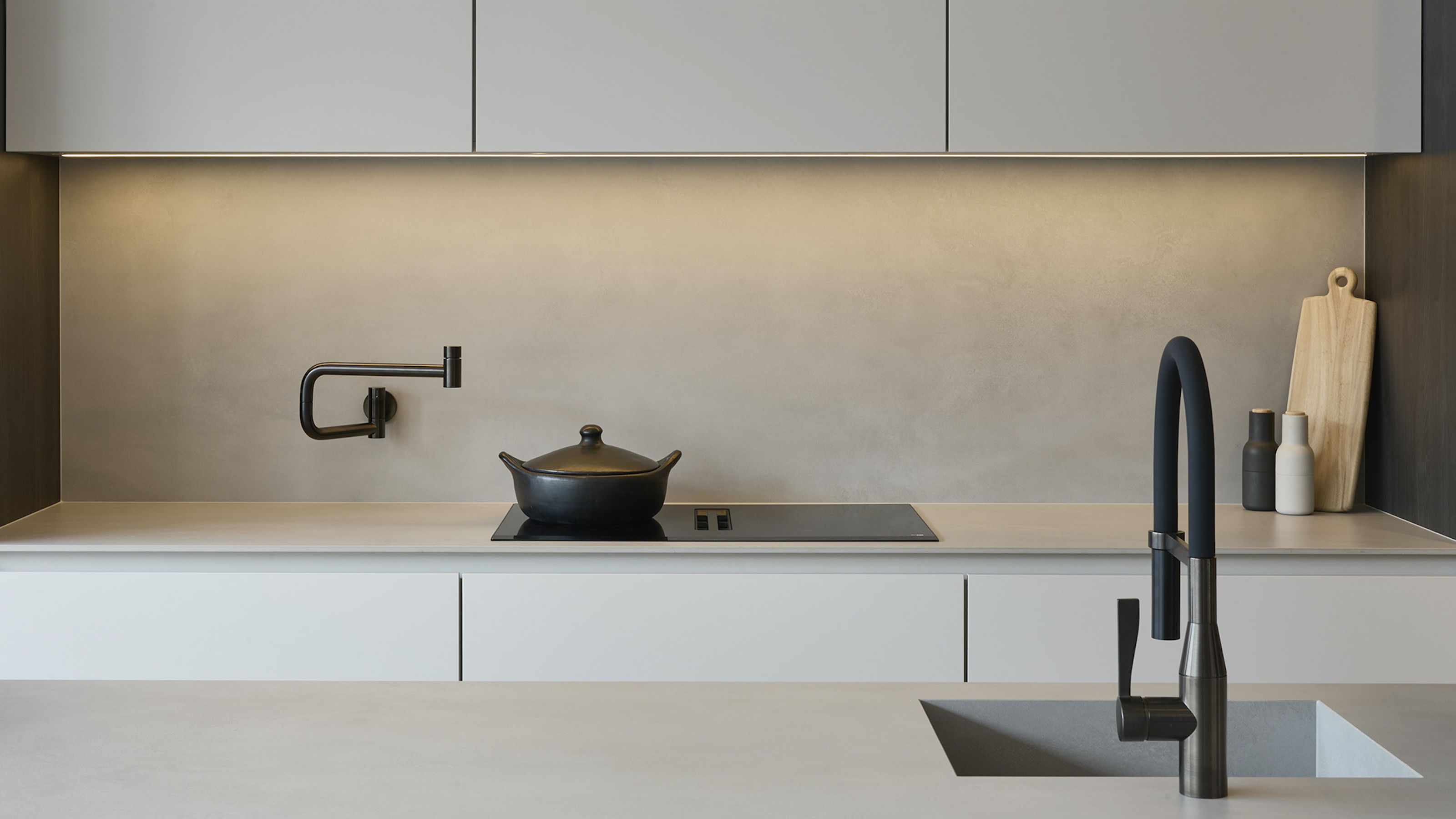 The 10 Different Types of Kitchen Taps — And the Pros and Cons of Each One to Know Before You Pick
The 10 Different Types of Kitchen Taps — And the Pros and Cons of Each One to Know Before You PickFrom sleek pull-outs to vintage bridge taps, explore 10 kitchen tap styles that mix function, flair, and a splash of cool
By Linda Clayton
-
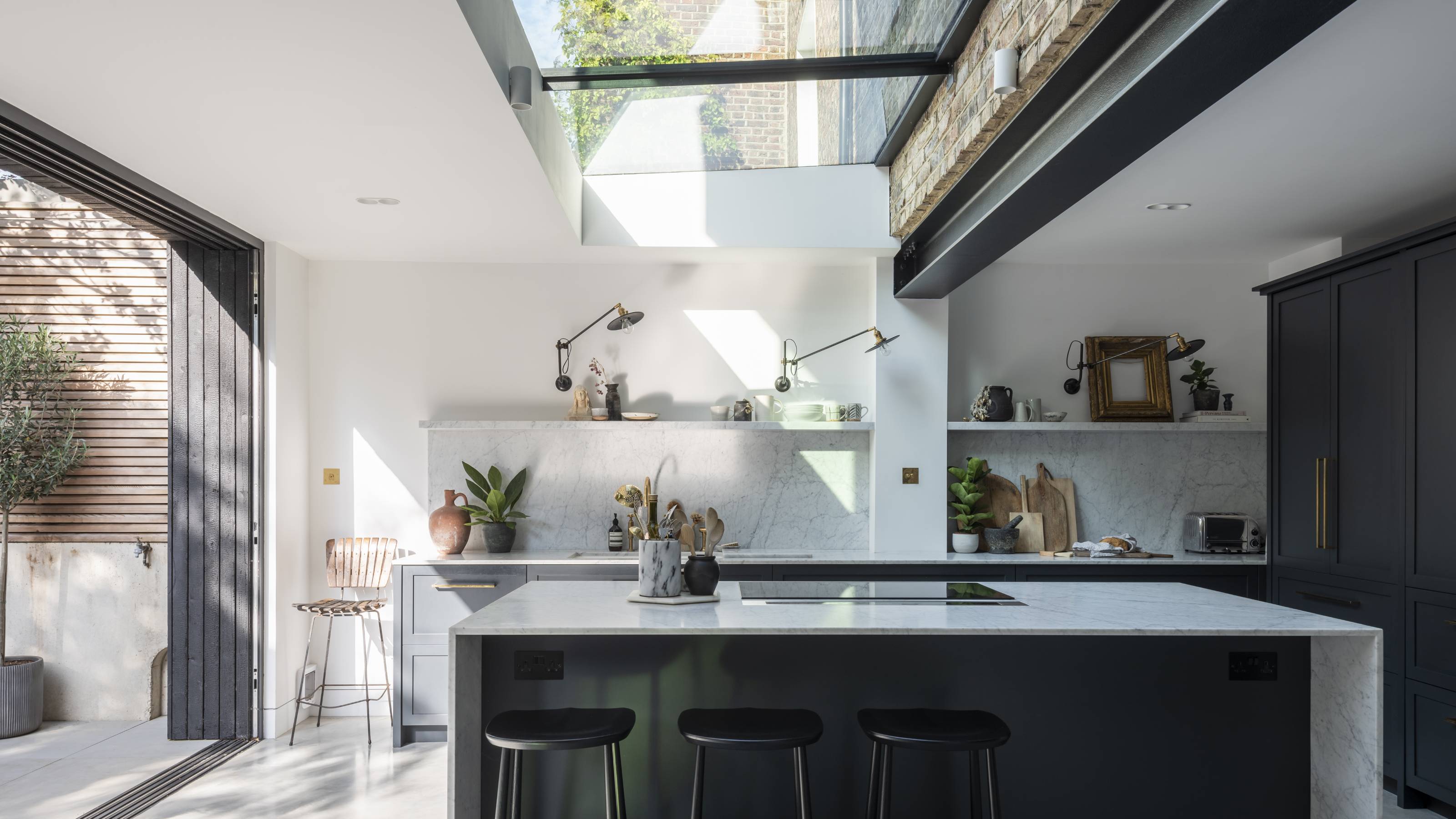 How Much Does an Extension Cost in 2025? Renovation and Design Experts Break Down Your Budget
How Much Does an Extension Cost in 2025? Renovation and Design Experts Break Down Your BudgetExplore how much different types of extensions cost in 2025 to budget for your project accurately
By Amy Reeves
-
 9 Bathroom Storage Mistakes You're Probably Making That Make Using This Space Much Harder — And What to Do Instead
9 Bathroom Storage Mistakes You're Probably Making That Make Using This Space Much Harder — And What to Do InsteadDiscover which mistakes are to blame for your overcrowded and cluttered bathroom
By Seraphina Kyprios